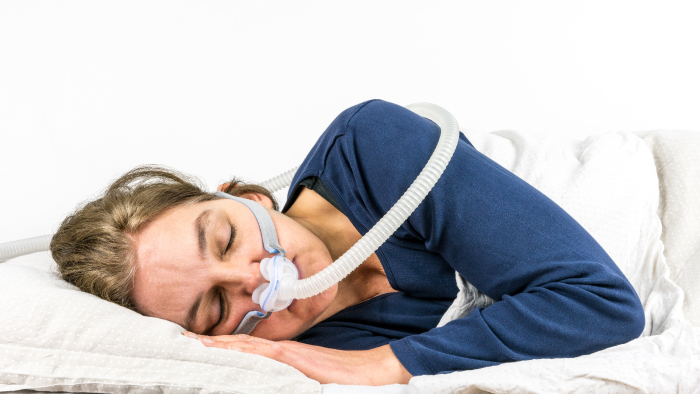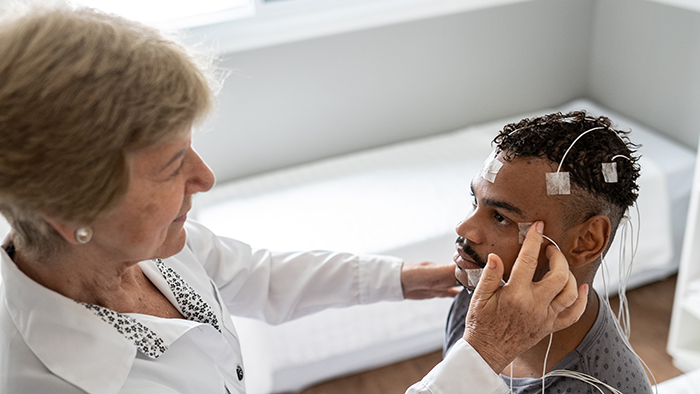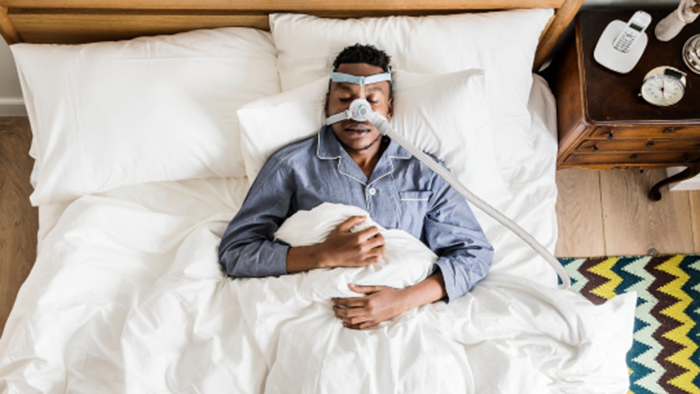Snoring can be a problem for many Americans, often disrupting the sleep of the person who has to listen to it. But some snoring can be more than just a nuisance and can disrupt the health of the snorer if they suffer from sleep apnea. According to the National Institutes of Health, sleep apnea is very common, as common as adult diabetes, and affects more than twelve million Americans.
The Greek word "apnea" literally means "without breath."
There are three kinds of sleep apnea, but the most common is obstructive sleep apnea (OSA). All three kinds of sleep apnea cause people to stop breathing repeatedly during their night's sleep. OSA occurs when the throat muscles relax during sleep, causing the soft tissues of the neck to collapse and block the airway. This leads to partial reductions and complete pauses in breathing, lasting anywhere from 10 to 30 seconds. These pauses reduce the amount of oxygen saturation in the body, with levels dropping 40 percent or more in some cases.
The typical person suffering from sleep apnea is male, overweight and over the age of 40 but anyone at any age can suffer from the disorder.
Sleep apnea can often go undiagnosed and untreated, leading to some potential serious health consequences. Untreated sleep apnea can lead to high blood pressure and other cardiovascular disease, memory problems, weight gain, impotency, and headaches. Untreated sleep apnea may also be responsible for job impairment and motor vehicle crashes.
Who gets sleep apnea?
Obstructive Sleep Apnea (OSA) can occur in men, women and children of all ages and sizes. People who do not seek diagnosis and effective treatment for OSA can be at risk for:
- High blood pressure
- Irregular heart rhythms or heart disease
- Heart attack
- Stroke
- Increased likelihood of driving or work-related accidents.


